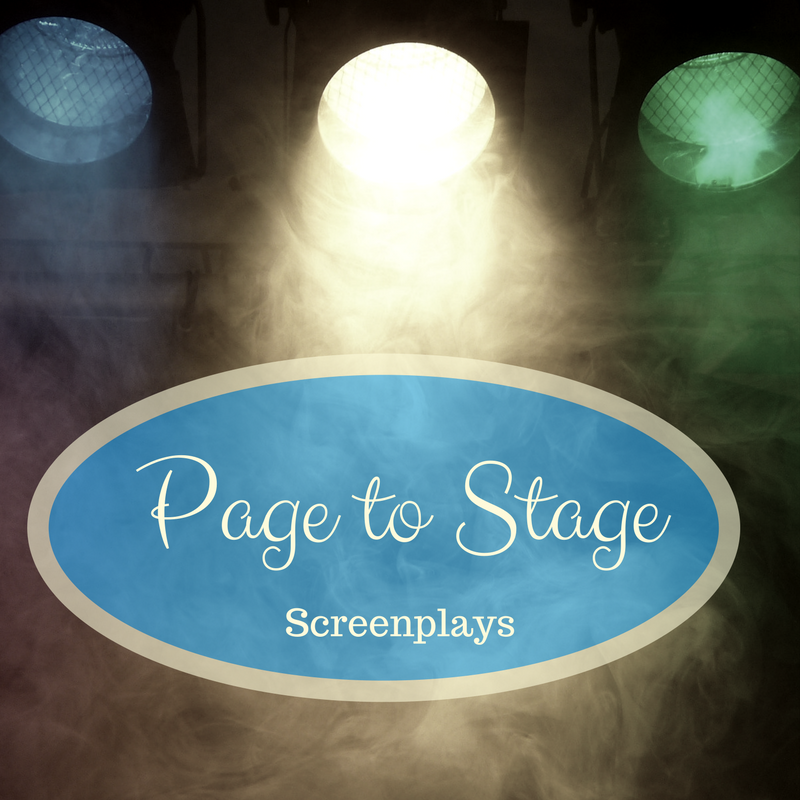Recently, I finished the first draft of my latest screenplay. The crazy part is I didn’t think I had the training to write it. I wanted to use television techniques to bring this action film to the big screen.
However, due to the pandemic and my freed-up schedule, I had the time to do the research and prewriting prep work needed to write this narrative, including:
- Set locations.
- Character sketches.
- Action script notes.
- Gaming research.
- Military command research.
- I.T. research.
With these pieces of the puzzle, I was eager to put them together to reveal the big picture I wanted my audience to see. I had written a storyboard outline on my screenwriting software and was ready to connect the dots in a visual story.
With my story’s theme, I was cautiously ready to dive in. Then I remembered screenwriting teacher and legend Scott Myers’ advice for screenwriting, “It doesn’t have to be perfect in the first draft, just get the story out!”
With my outline as a blueprint, I began to plot the course of the narrative. But, I soon realized that my characters wanted to tell their own story and it wasn’t long before the plot changed.
By the time I got to the words “fade out,” the plot, genre, and subplots had changed. I still had the take-away I intended, just through an improvised plot.
Plot?
Most of the time when I ask people about movies they’ve seen, I ask them about the plot, but the response is always about the message or take-away. The average person doesn’t understand that a story’s plot isn’t what a movie is about—it’s how the writer gets the characters through the story.
Simply put the plot is how we get from point A (the beginning) to point B (the end.) Master storyteller and screenwriting genius Robert McKee explains, “Plot is an accurate term that names the internally consistent, interrelated pattern of events that move through time to shape and design a story.1”
Our jobs as screenwriters is to plot the events leading from point A to point B and hopefully craft an entertaining story along the way; these events are more than just information, like dominoes they have a cause and effect on each other to move our narrative forward. Take for example the plots of movies like The Sixth Sense or Split.
The plot is the road map for your story. In my limited experience in writing fiction, I’ve had to learn to listen to my characters as they share the parts of their stories that influence my narratives’ plot. Keep in mind the following seven elements of the plot as you write:
- Inciting action – this is the first domino that gets the story moving.
- Rising action – A sequence of events that causes the protagonist to struggle with some sort of conflict.
- Climax – the highest point of conflict when change occurs for the protagonist.
- Falling action – the bridge between the climax and the denouement.
- Denouement – Where the loose ends of your story are wrapped up.
- Resolution – this wraps up the story.
The more time I spend with my characters and in their world, the more I understand their journey; how each of the previous elements will fit together in my narrative puzzle.
In sticking with Scott Myers’ teaching on first drafts, it’s okay to have loose ends and unclear motives in the first draft, because at this point we’re just setting up the dominoes where they’ll connect with the others as the momentum moves the story forward.
Don’t expect to hit a home run with your first draft. The average screenplay goes through at least 30 rewrites before it’s sold or optioned. You’ll have plenty of time to tie up those loose ends, tighten the dialogue, and clarify the scene descriptions along the way. Stories tend to change with each rewrite and that’s okay.
Change It up!
In case you haven’t heard, editing is writing. Editing is about more than just catching typos, misspelled words, and bad punctuation. Editing is an opportunity to tell a better story.
The most successful screenwriters know they can’t love their script to the point that they won’t allow any changes, because with each change the story is improved. Studios, directors, and producers only make changes that will make a stronger story, so be prepared to let go of your favorite scene or welcome a few other common changes, such as:
- Character names and personalities.
- Scene locations may need to be moved for budget purposes.
- Subplots can be built up or cut out completely, especially if they take away from the main plot.
The production team wants to be sure that all the pieces fit together perfectly so that the audience knows what’s the plot!

Martin Johnson survived a severe car accident with a (T.B.I.) Traumatic brain injury which left him legally blind and partially paralyzed on the left side. He is an award-winning Christian screenwriter who has recently finished his first Christian nonfiction book. Martin has spent the last nine years volunteering as an ambassador and promoter for Promise Keepers ministries. While speaking to local men’s ministries he shares his testimony. He explains The Jesus Paradigm and how following Jesus changes what matters most in our lives. Martin lives in a Georgia and connects with readers at Spiritual Perspectives of Da Single Guy and on Twitter at mtjohnson51.
1 McKee R. (1997). Story: Substance, Structure, Style, And The Principle of Screenwriting (Kindle edition) pg 43.


 We love helping your growing in your writing career.
We love helping your growing in your writing career.

No Comments